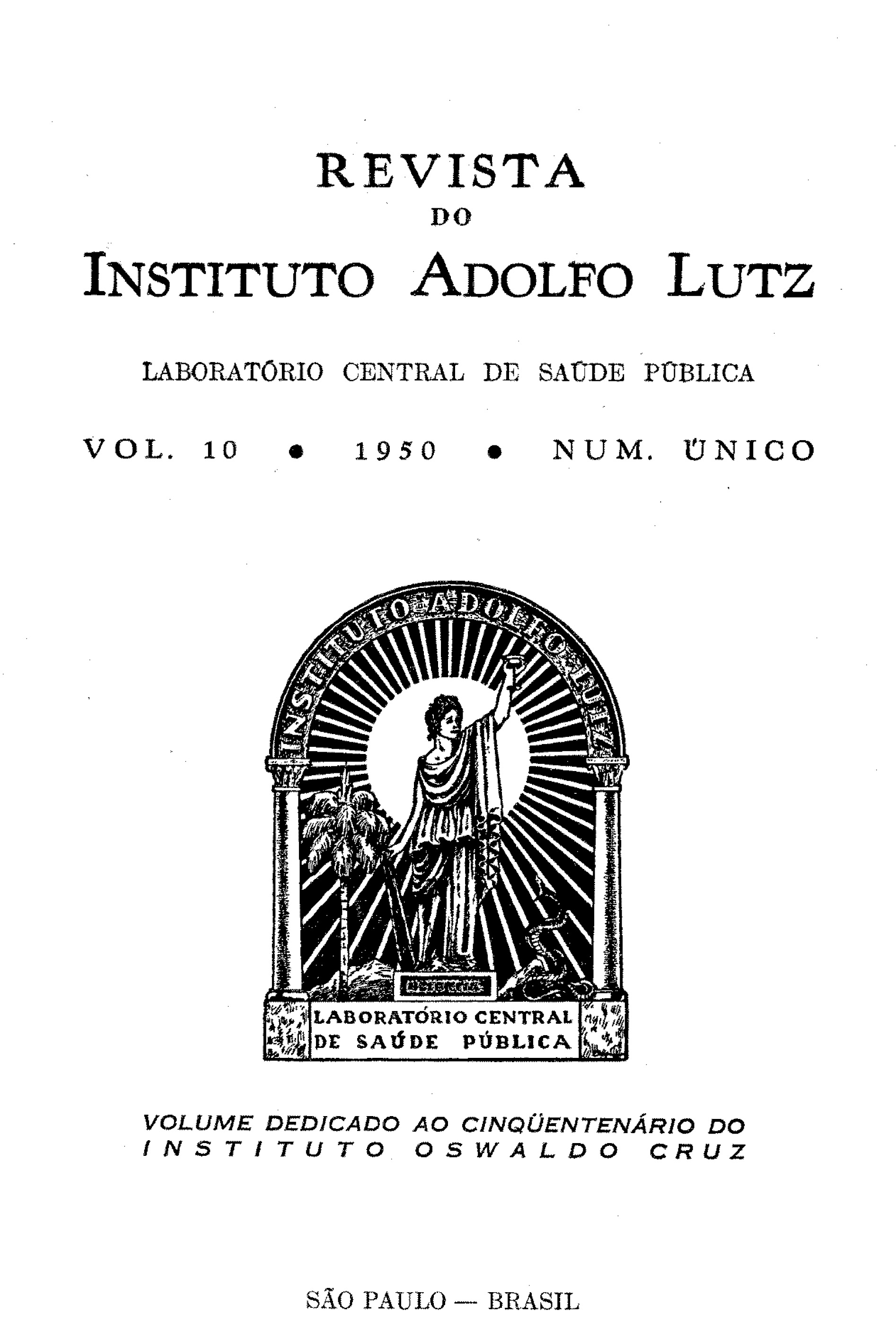Abstract
Between December 1947 and April 1948 there was an outbreak of meningitis in a few towns on the so-called Mogiana zone of the State of São Paulo. The first few cases turned out in Casa Branca and were diagnosed by the small local laboratory of the Health Center (Centro de Saúde) as being caused by Neisseria intracellularis. Since the disease was spreading the physicians ordered massive sulphamide administration to almost all the population of the town and to that of its surroundings. The preventive individual dose given was 2 grams every 4 days during 45 days. Nonetheless new cases of meningitis were arising. At this time the laboratory examinations could not set clearly the diagnosis. This led the authors to investigate in loco. Most of the cases presented not very clear symptomatology and the cerebrospinal fluid was scarcely turbid. Bacteriological examination of the centrifuged sediment of the cerebrospinal fluids by Gram's method showed piknotic polymorphonuclear leucocytes with poorly stained nuclei, often simulating lymphocytes. Amidst the leucocytes, specially in the fibrinous network, a few Gram negative corpuscles could be seen; some of them were in pairs, others single, as a rule spherical, but occasionally elongated; they were surrounded by a light zone and were about one third or one fourth the size of a normal meningococcus. No positive culture could be obtained from about 200 of these cerebrospinal fluids gotten in Casa Branca, Tambaú, Santa Rosa and Fazenda Amália.
The culture media contained para-amino-benzoic acid and were incubated at 37°C either in ordinary atmosphere or else in a carbon dioxide one. All of the diagnosis were based on the bacterioscopic examination and on the data above mentioned. Almost all of the patients got well after the first few intraspinal doses of penicillin. From one of the patients not subjected to prophylactic doses of sulphamide, in São João da Boa Vista, at the close of the epidemic outbreak, a Neisseria was isolated which was identified as Neisseria meningitidis, type III. Every time that sulphamides are employed as prophylactic measures against meningitis outbreaks the bacteriologist ought to count on difficulties to diagnose the disease, because the laboratory examinations are based ultimately on often precarious cytological findings and on bacteria whose morphology are very much altered and not at all typical.
References
1. KUHNS, D.M. et al. - 1943 - Tbe prophylactic value of sulfadiazine in the controI of meningococcic meningitis. J. Arn. Med.A8,~. 123: 335-339.
2. PHAIR, J.J., E.B. SCHOENBACH e C.M.ROOT - 1944 - Meningococcal carrier studies. Am. J. Pub. Health 34: 148-154.

This work is licensed under a Creative Commons Attribution 4.0 International License.
Copyright (c) 1950 Instituto Adolfo Lutz Journal
